-
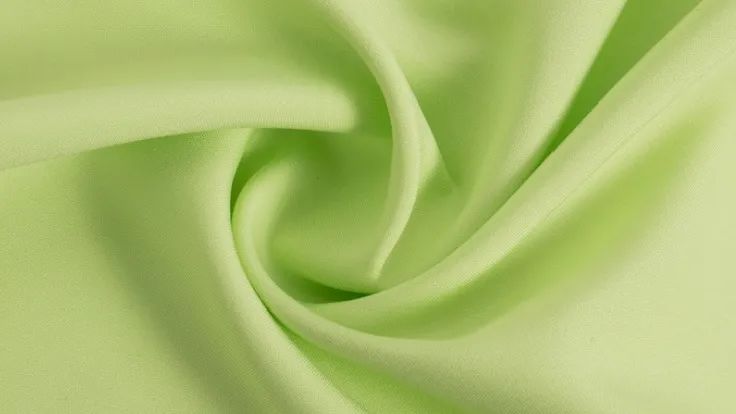
What is Chunya Textile, what is the difference between tower?
Chunya spinning, English name Poly Pongee, commonly known as rainproof cloth can also be called “coating nylon spinning”, which is a raw material made of polyester low bombs. Its cloth surface is smooth and smooth, with a light and strong texture, good elasticity and luster, not shrin...Read more -
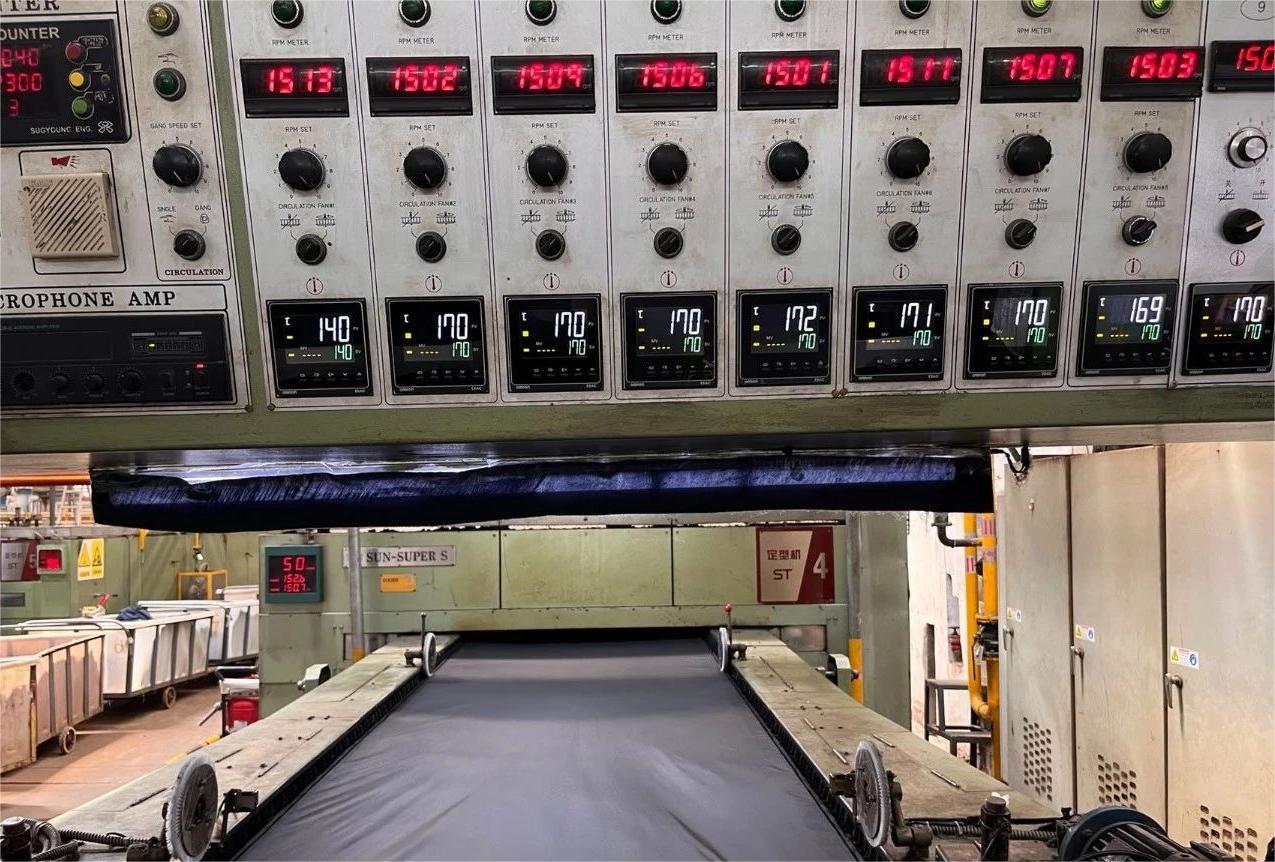
Why is the cost of waterproofing high in summer
Many manufacturers who use waterproof agents have such experience, that is, under the same prerequisite, it seems that the waterproof cost of summer is much higher than usual. Many people’s first instincts are the waterproof corner of the supplier in summer. In fact It is normal for the ide...Read more -

Waterproof testing terms: WP, MAP, WR, DWR, MP
Static water pressure (WP): 1. Introduction Static water pressure WaterProofness: The outdoor material industry is accustomed to water resistance. The unit is expressed by MMH2O. If the water pressure is 5000mmH2O, the maximum unit area can withstand 5m pressure without leakage. 2. Common test st...Read more -

The performance requirements, test methods and influencing factors of anti -raining fabrics
What is the performance and test method of anti -rainstorm With the popularity of outdoor sports, people put forward higher requirements for the functionality of outdoor materials, especially in extreme weather such as heavy rain. Therefore, high -performance outdoor materials have attracted more...Read more -
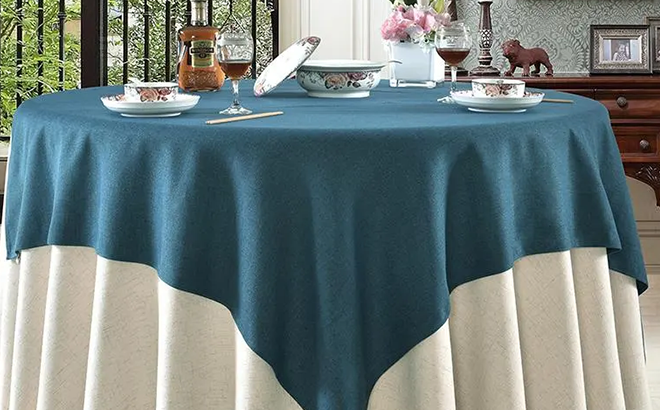
Principles of composite functional fabrics: waterproof, oil -proof, and pollution -proof
The post -sorting of textiles can usually be divided into two categories: make up and give. The former is to make up for its own inherent defects such as cotton, hair, synthetic fiber, such as cotton fabric anti -wrinkle, anti -shrinkage tideling, anticolaying of synthetic fiber fabrics, anti -ba...Read more -
Functional fabric splashing water, waterproof, humidity, breathable, windproof
Splashing water The splashing characteristics of the fabric refers to the special treatment of the fabric through the water splashing agent. The surface can make the water droplets forming a ballpoint -shaped, which does not produce penetration, diffusion and wet clothes, and achieves water -like...Read more -
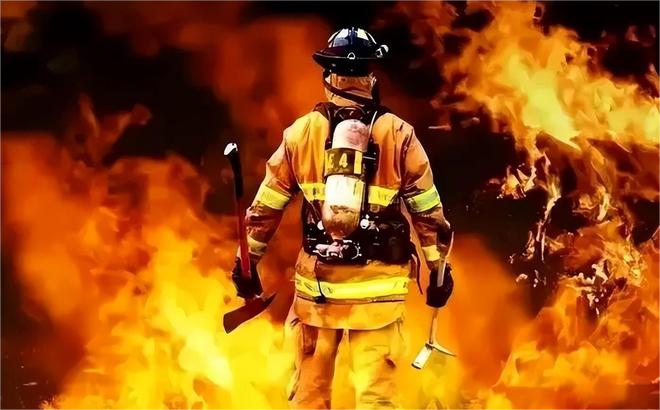
Protecting the safety of life, textile auxiliary flame retardant tidal agent XF-1036
Today I will introduce an important textile auxiliary of life safety -flame retardant tidal agent. This innovative auxiliary can effectively improve the flame retardant performance of textiles and provide safe and reliable protection for your clothing, home supplies and other textiles. > Fire ...Read more -
For the different ways of washing methods and times, the impact on the waterproof performance of textile fabrics
In order to deeply understand the impact of washing the waterproof performance of waterproof fabrics, and providing the industry with data reference data reference for changing waterproof fabric performance after washing, and also proposes consumers to compare and protect the waterproof performan...Read more -

Seventeen characteristics of textile fibers
First,Abrasion -resistant The wear resistance refers to the ability to resist wearing friction, which helps improve the durability of the fabric. Costumes made of fibers made of high -break strength and faith resistance can be worn for a long time, and there will be signs of wearing wear after a ...Read more -
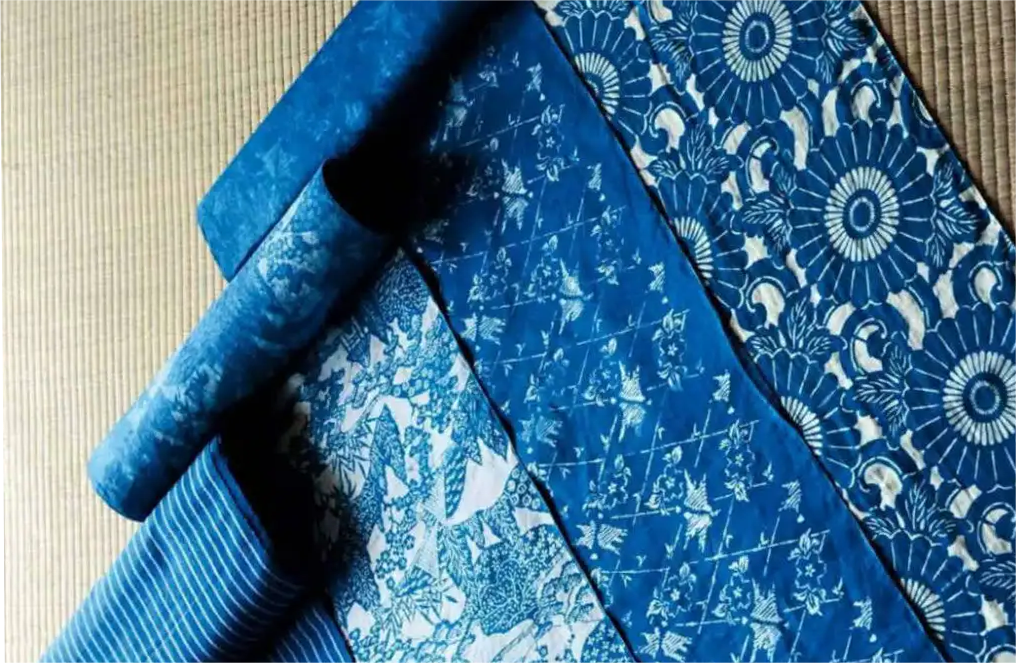
How to prevent “flashing color” in cotton/brocade dyeing
Flash color On the surface, the flashing phenomenon is that the color of the cotton fiber and the color of the nylon fiber is inconsistent, that is, the color is uneven. The root cause is caused by some cotton dye dyes to nylon dye. In actual production, the primary and second -colored color can ...Read more -
Common sense after textile: Several elements to be controlled during shape production
After the fabric is woven into the finished product, in order to allow the fabric to have some special purposes, the fabric will be set up. Because after the fabric is fixed, the physical and chemical properties are relatively stable, such as: shrinkage, width, and latitude and weft density, and ...Read more -
Fabric weights and small number algorithms and nuclear methods
Said The thickness of the yarn is the yarn. The indicators used to represent the fineness of the yarn are mainly S, D, N, Tex, DTEX, etc. Specific fabrics use specific specifications, which are more commonly used. And science and technology literature generally converts...Read more

